
Renée Zellweger and Uma Thurman have a great deal in common. They were both hugely in-demand actresses after breakout roles in the 1990s through wide acclaim in the early 2000s. In the subsequent years, by choice or due to the realities of the market, both Zellweger and Thurman worked less and less. And both returned to prominence, for a moment, thanks to headlines about their “new faces.”
Last October, it was Zellweger’s turn; her appearance at an awards show (ironically enough, one meant to honor women in Hollywood) prompted next-day takes asking what, exactly, she had done to her face, in particular her distinctive eyes. Now, Thurman’s coming under the microscope for perceived alterations to her face after she appeared at the premiere for her NBC series The Slap. “Uma Thurman sports new look, appears nearly unrecognizable” read the New York Daily News; the British tabloid site Daily Mail referred to a “suspiciously smooth forehead and puffy face along with an extremely tight smile,” before twisting the analysis into a compliment for Thurman’s “bare-faced beauty.”
Celebrities Who Look Uncannily Alike




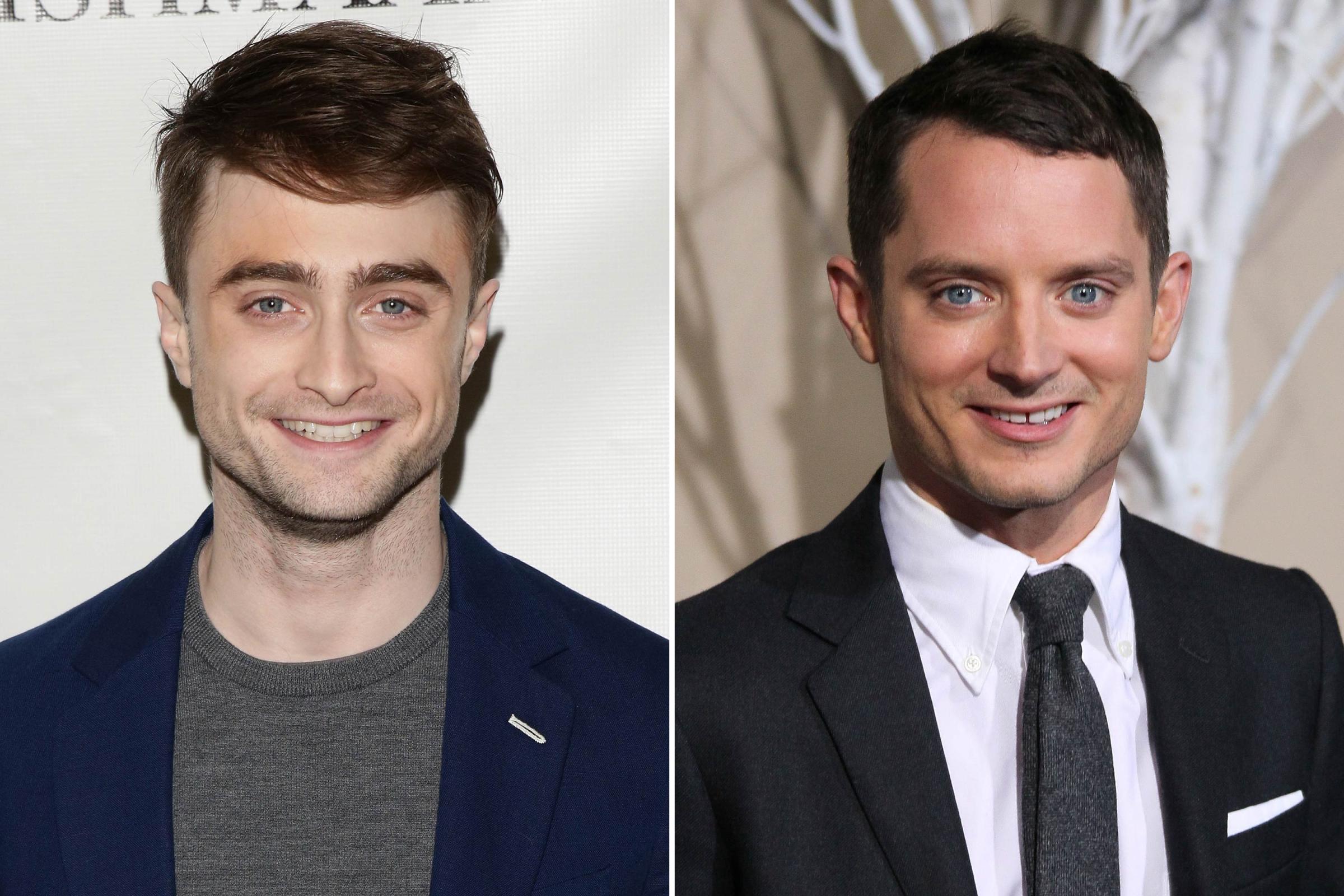


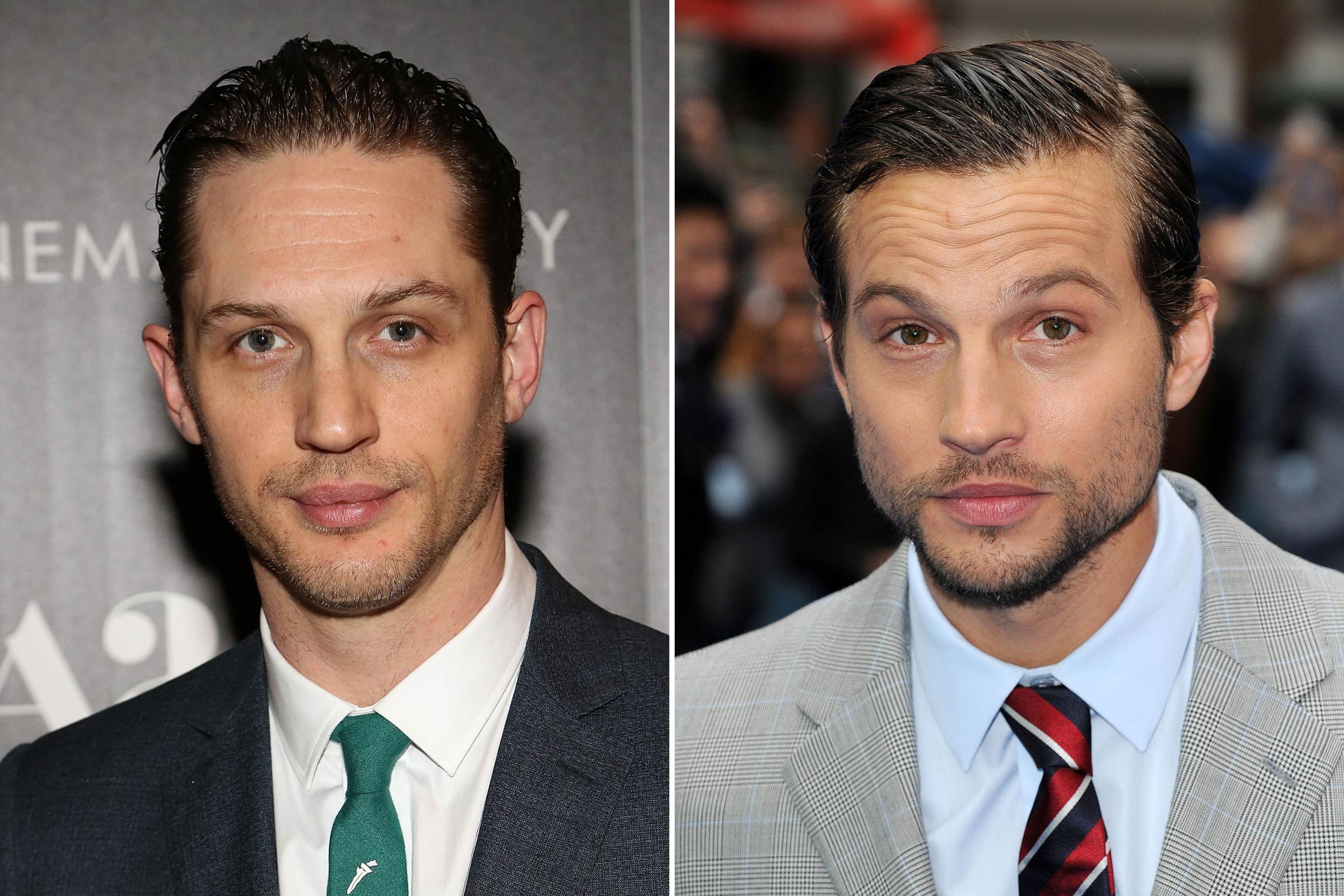



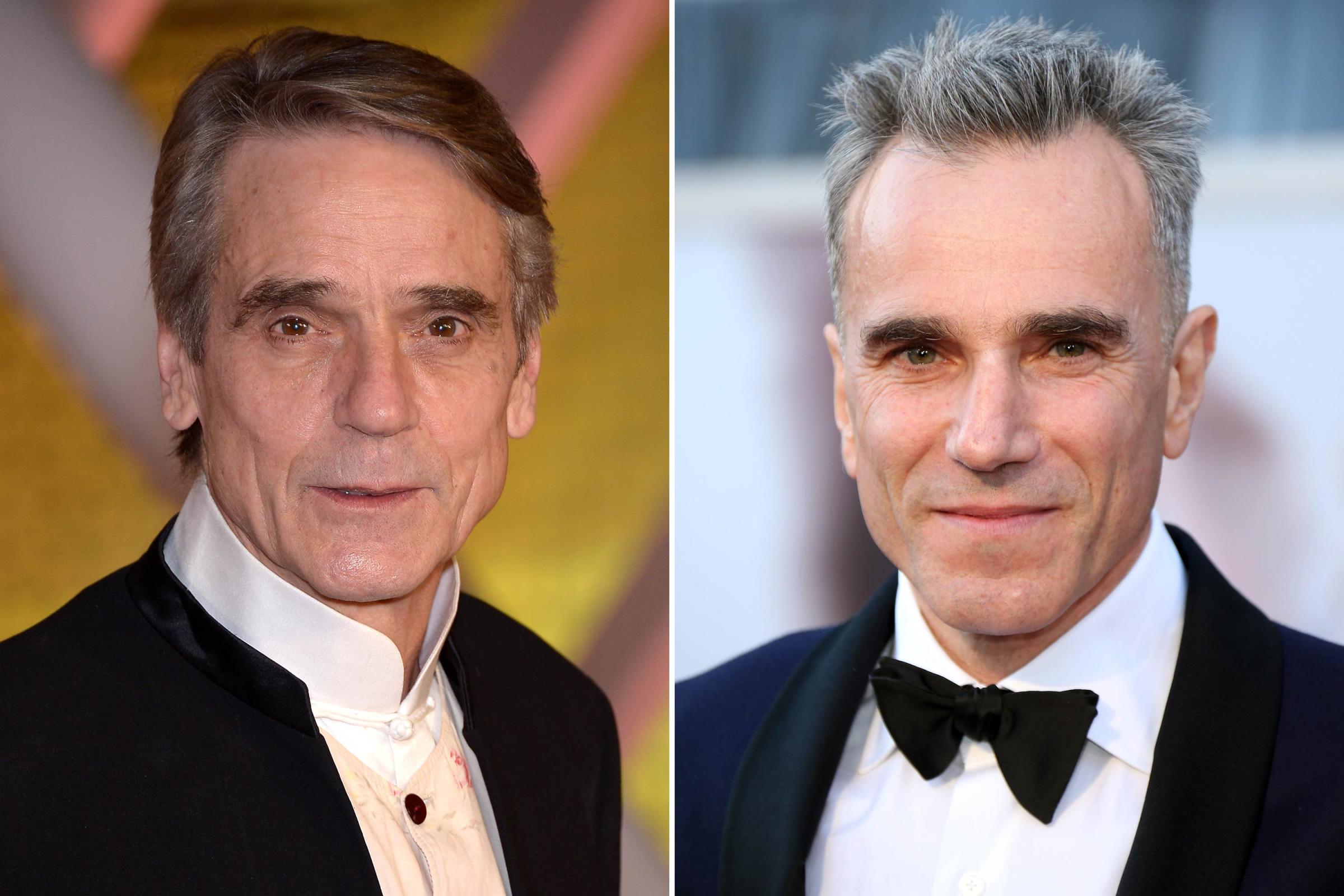
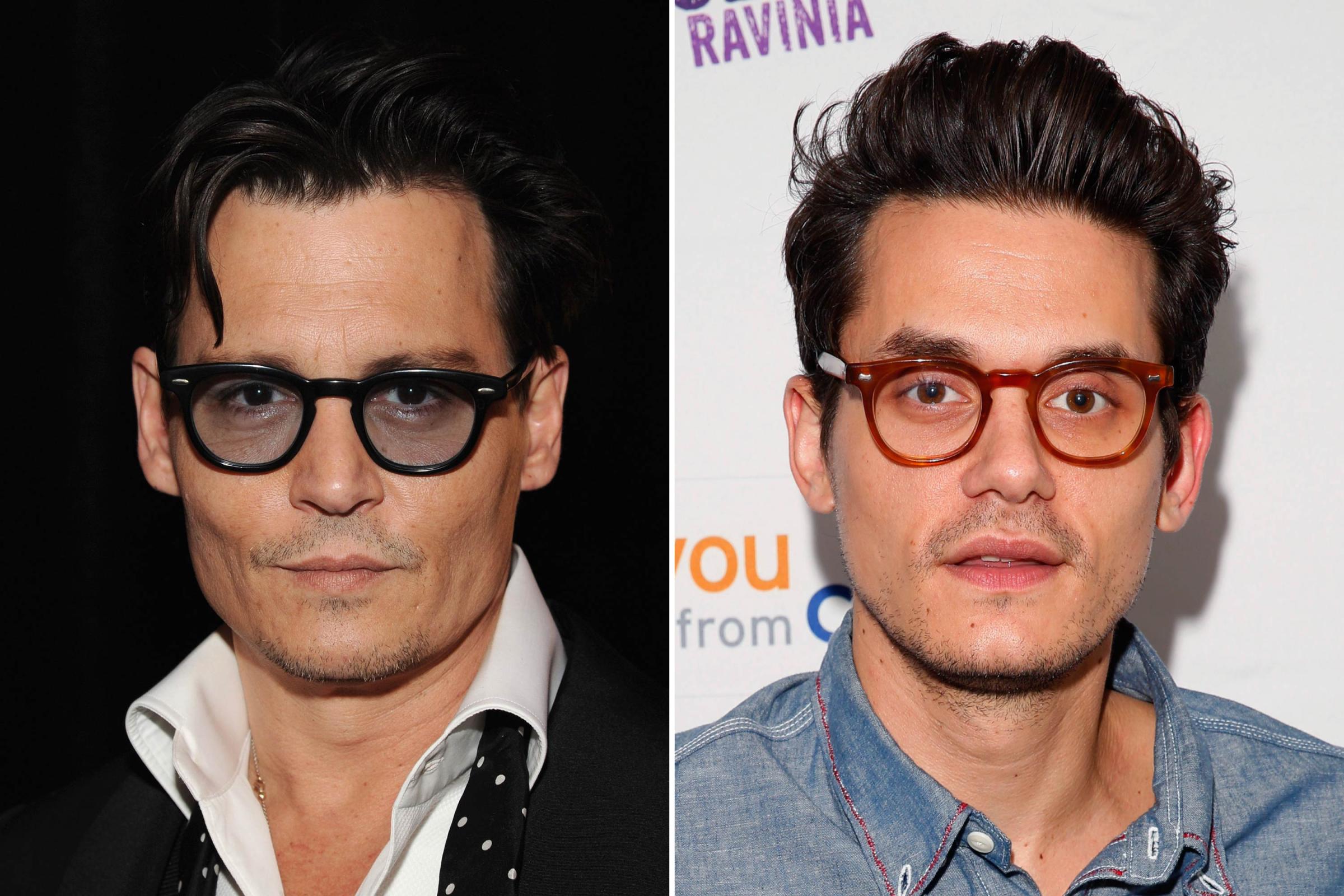
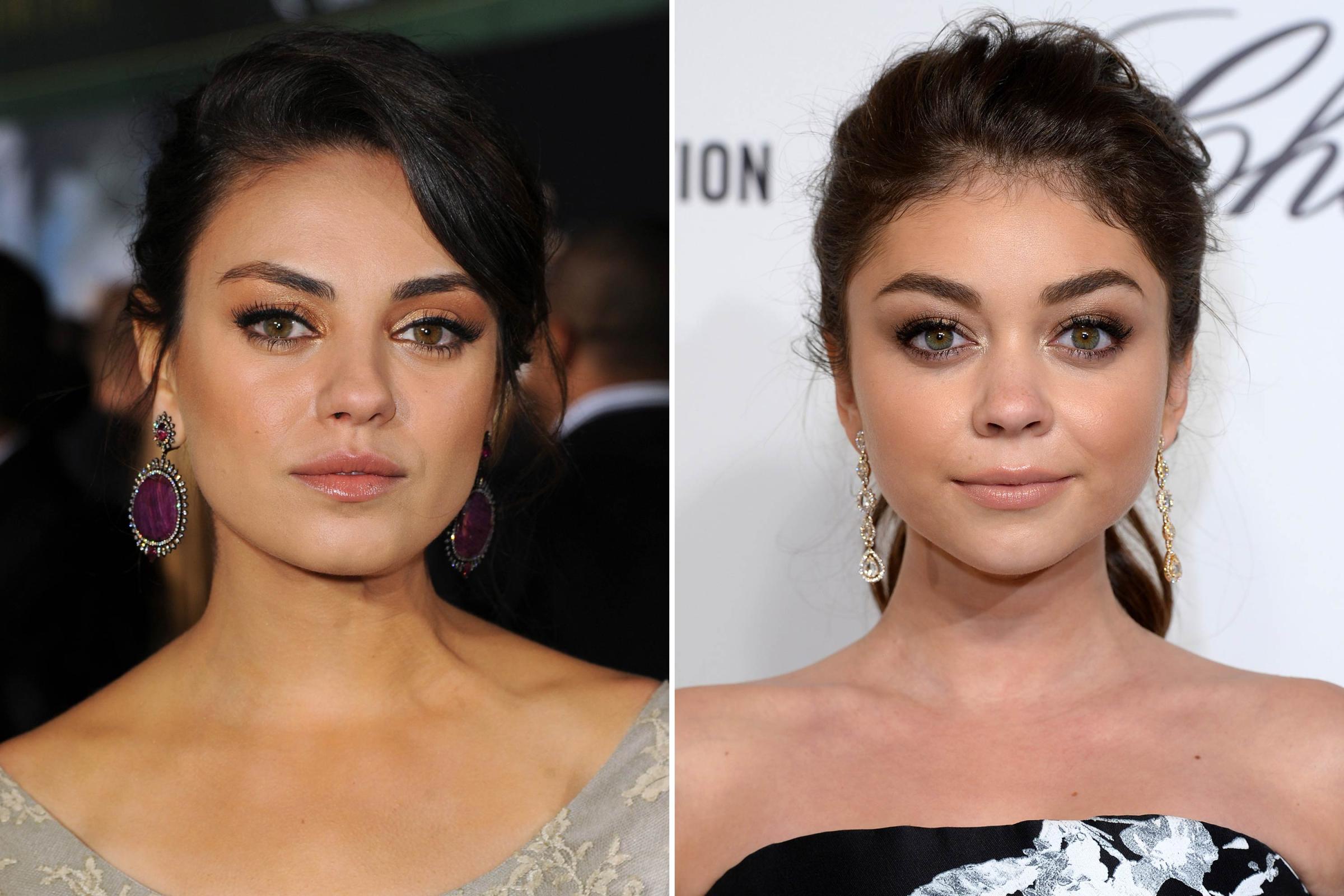
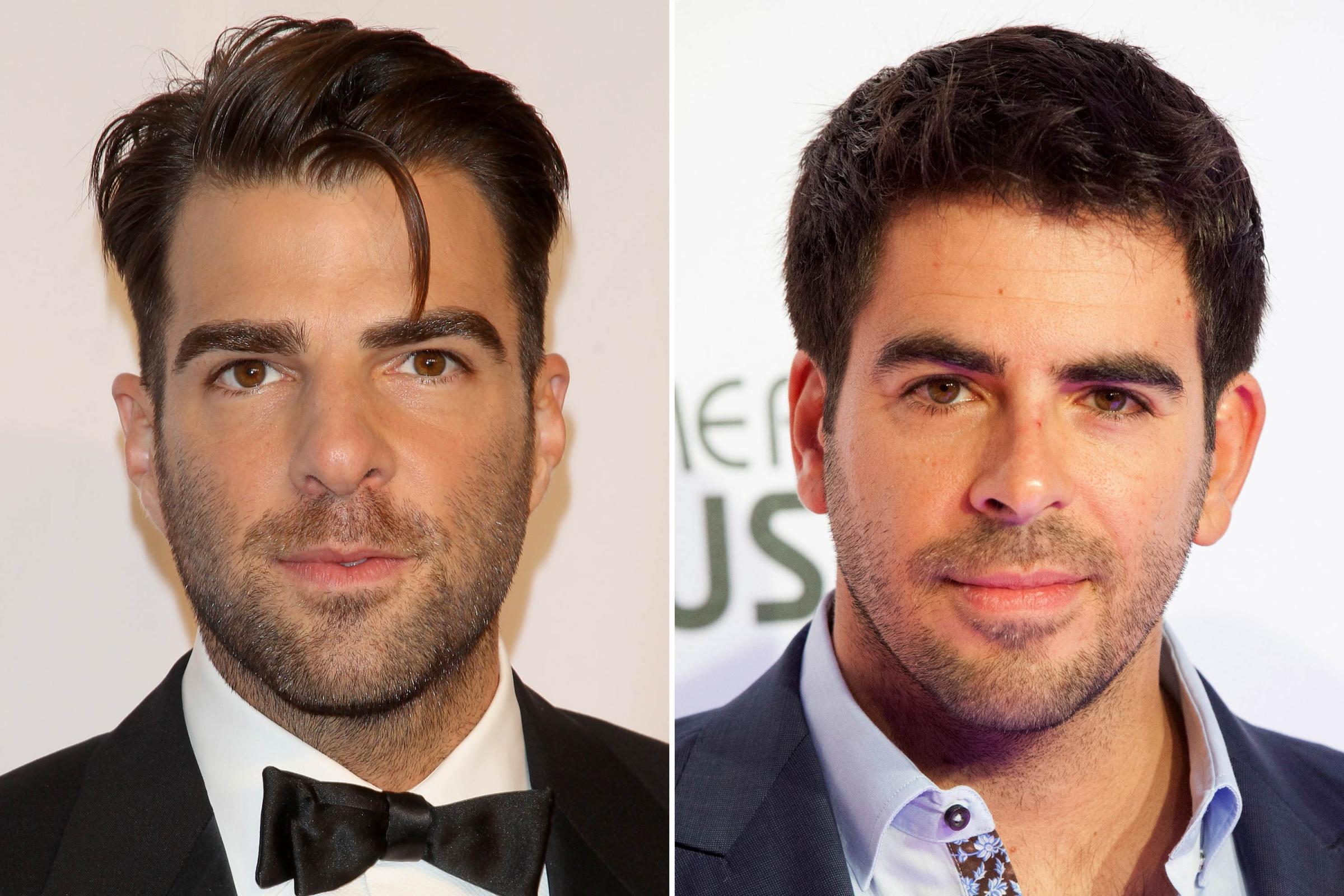
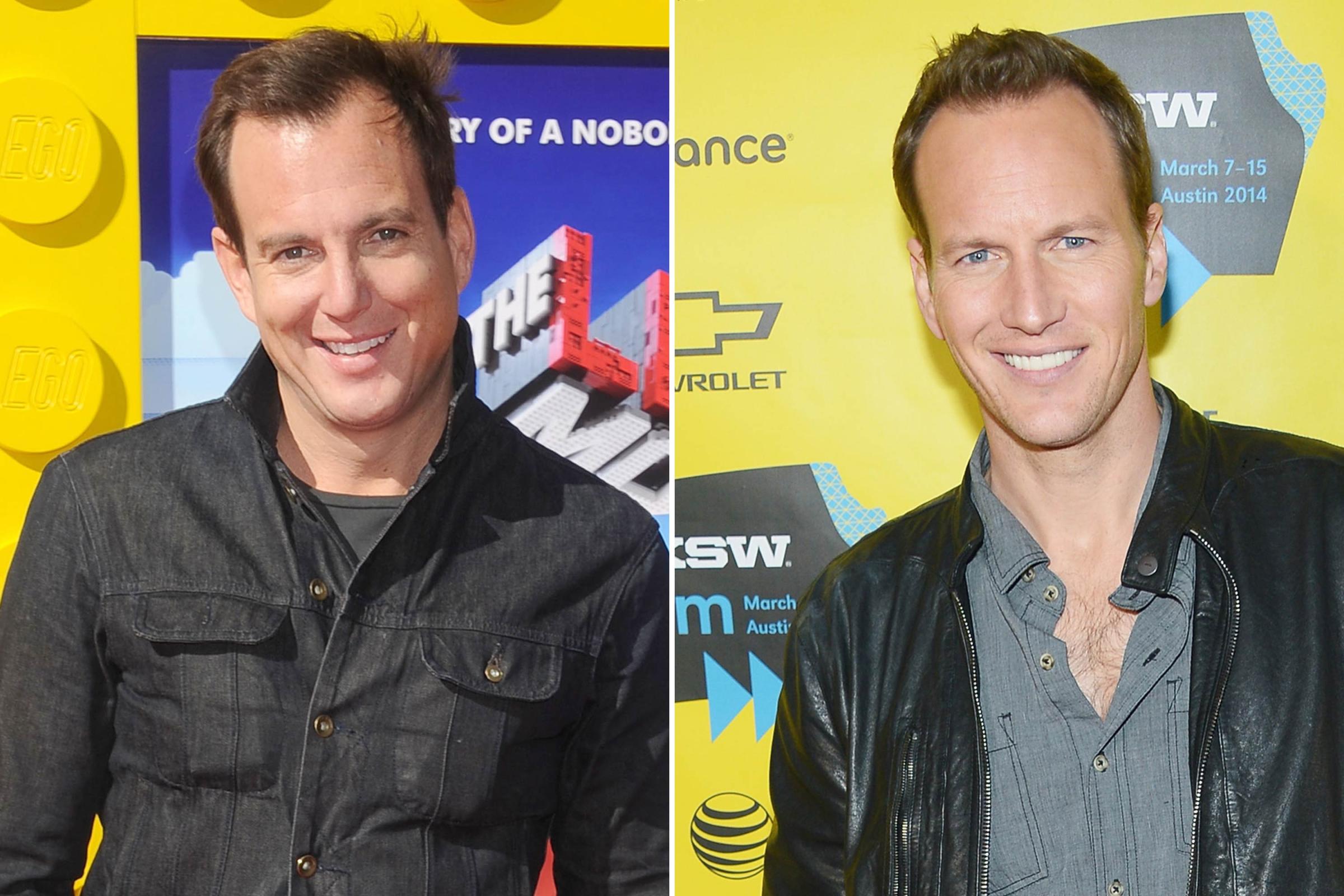
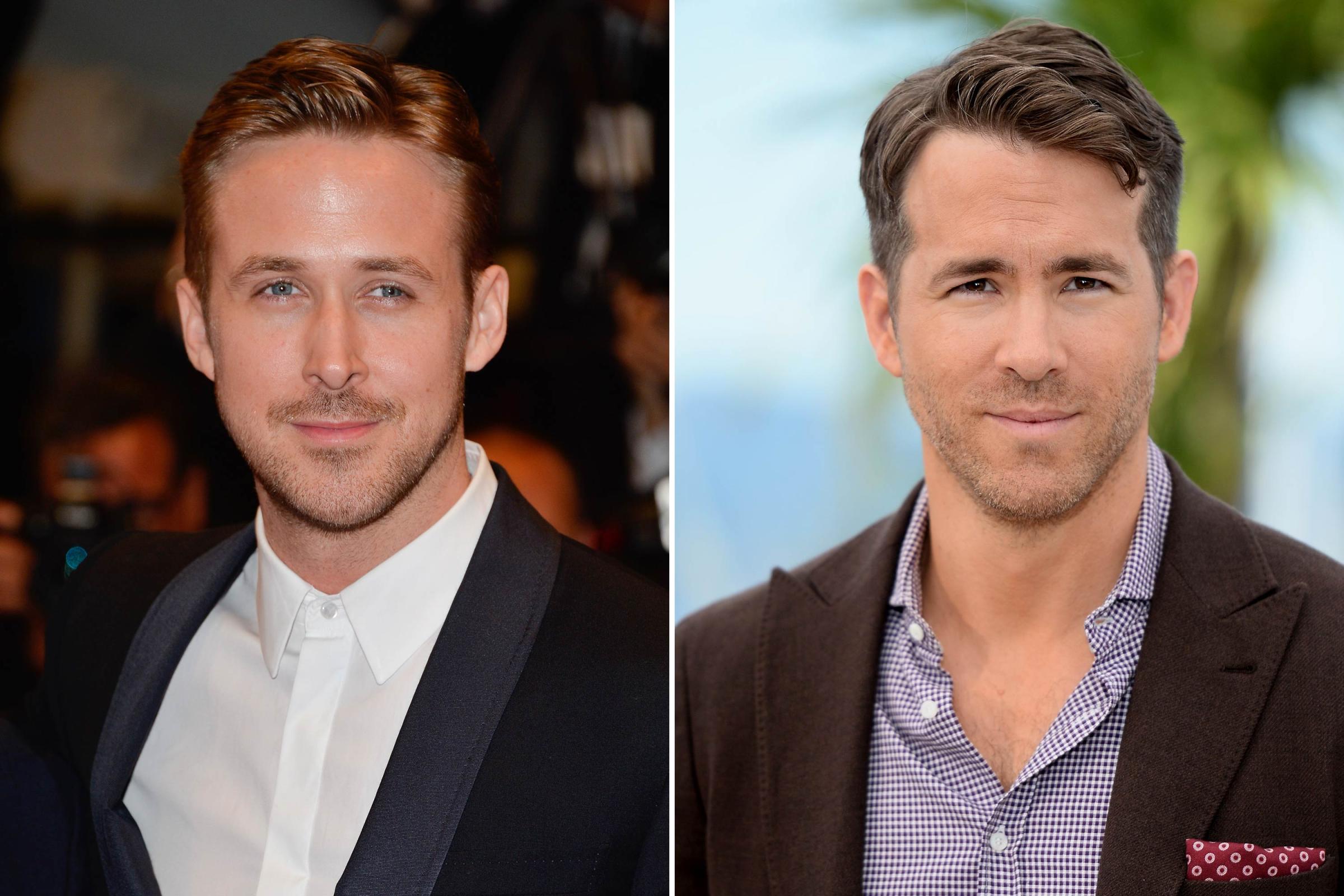
Zellweger and Thurman’s similarities aren’t just important because they prove the limited number of tabloid narratives there are to write. They also go to show just how constrained options are for actresses — as a recent study proves. Both women were perceived as having made radical physical alterations to themselves in part because neither had been in the public eye for years. Her work in independent films like Nymphomaniac aside, Thurman’s last major film role was a cameo in Percy Jackson & the Olympians in 2010; her string of leading roles ended with My Super Ex-Girlfriend in 2006. She’s not really a tabloid fixture, either; the mere fact of her having appeared on a red carpet at all, no matter how much makeup she was wearing, is somewhat startling. The question implicit in looking at Thurman’s face, having potentially changed far from the camera’s lens, is less “What did she do?” than “Where did she go?” But looking at the dearth of roles available to an actress over 40 is less fun than speculating about surgery.
We’re accustomed to changes happening in a gradual, barely noticeable fashion, either with stars we see in the tabloids every week or with friends whose self-portraits we track on Instagram. That’s why it comes as a noteworthy shock when years have elapsed in a person’s life without our having been there to witness it. Should Thurman, then, avoid the spotlight altogether, because so much time has passed since she’s found a Kill Bill-level role? Should she wear something less severe than a black dress and jacket for a press event, even though it’s the middle of winter in New York? Will comebacks ever be allowed by the public again, or must every star over 40 have remained consistently in the public eye, so that their aging process comes little by little rather than all at once?
The serious promotional muscle NBC has put behind The Slap would seem to speak to the network’s faith in her performance, and her star power. The mere fact of her casting, particularly after a bit of a lull in her career in recent years, indicates that there’s more to talk about, with her, than her visage and how shiny or puffy it is or isn’t. Part of being a star is the implicit understanding that aspects of your life, including your physical appearance, are fair game for critique; this surely isn’t lost on Thurman. But given the degree to which the public speculation on Thurman’s and Zellweger’s faces has hinged on an unsolvable mystery — how can we parse the effect time has had on this particular human? — it’s worse than problematic. It’s just boring.
Read next: Julia Roberts: In Hollywood, Not Getting Plastic Surgery Is a ‘Big Risk’
Listen to the most important stories of the day.
More Must-Reads from TIME
- Inside Elon Musk’s War on Washington
- Meet the 2025 Women of the Year
- The Harsh Truth About Disability Inclusion
- Why Do More Young Adults Have Cancer?
- Colman Domingo Leads With Radical Love
- How to Get Better at Doing Things Alone
- Cecily Strong on Goober the Clown
- Column: The Rise of America’s Broligarchy
Contact us at letters@time.com